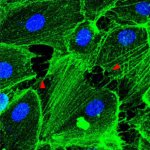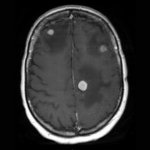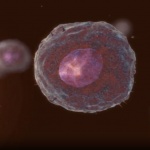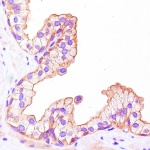
News • Tiny threat
Nanoparticles may promote cancer metastasis
Nanoparticles can be found in processed food (e.g. food additives), consumer products (e.g. sunscreen) and even in medicine. While these tiny particles could have large untapped potential and novel new applications, they may have unintended and harmful side effects, according to a recent study by researchers from the National University of Singapore (NUS). Specifically, NUS researchers found that…























